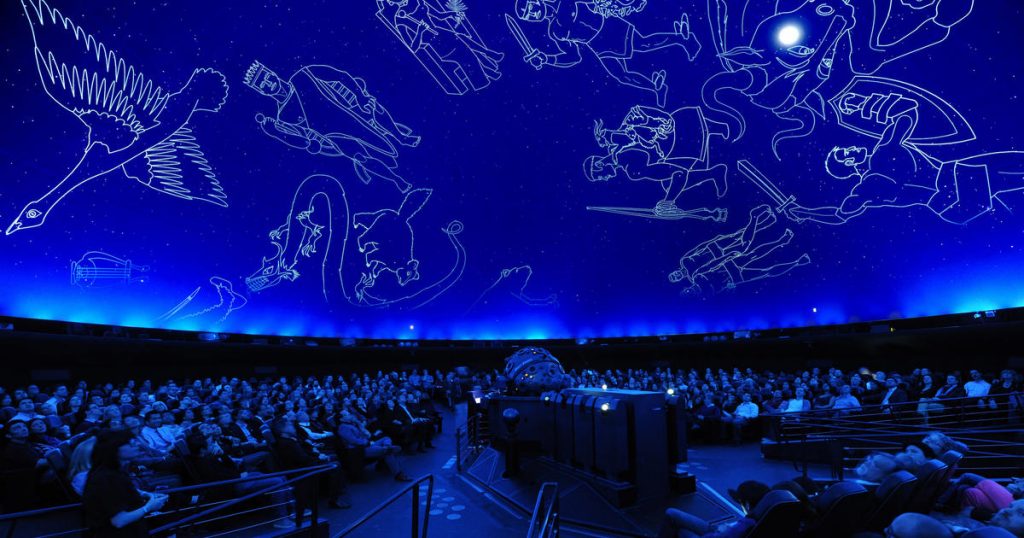Unnumbered Sparks is an interactive community artwork made by Janet Echelman and Aaron Koblin. The artwork is a 745 feet sculpture in the sky controlled by visitors in real time using their smartphones. Unnumbered Sparks is essentially a large canvas projecting a Google Chrome web browser that is over 10 million pixels in size. The project was coded using a programming language called Go and the visuals were rendered with WebGL. WebSockets was used to connect the mobile devices to the sculpture.

This project grabbed my interest because it is an interactive piece of artwork that requires the cooperation of a large group of people. Aaron Koblin often creates interactive art and programs that utilizes data input from multiple people at a time. His works like Bicycle Built For Two Thousand, 10,000 Cents, and New York Talk Exchange are examples of artworks created with the collaboration of many people in real time. Interactive artwork maximizes potential when many people interact with it at the same time, which is why I admire this project.
![[OLD FALL 2019] 15-104 • Introduction to Computing for Creative Practice](../../../../wp-content/uploads/2020/08/stop-banner.png)

